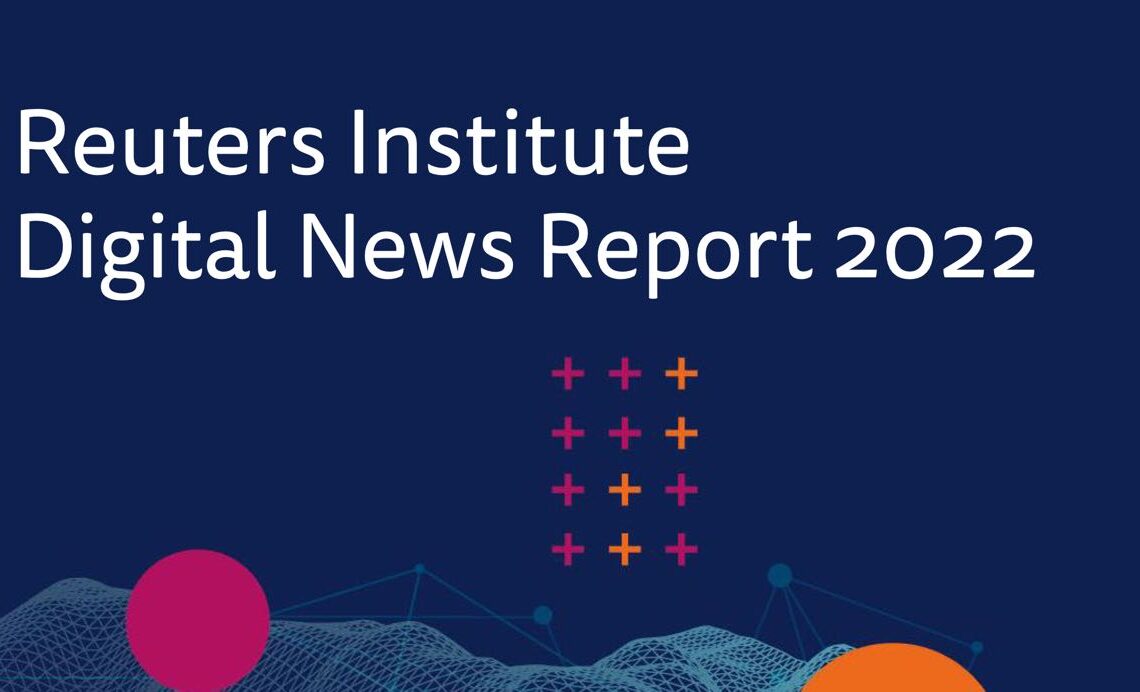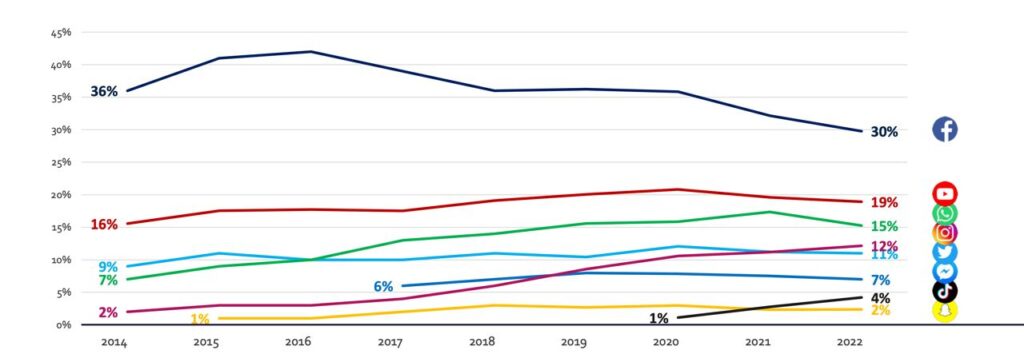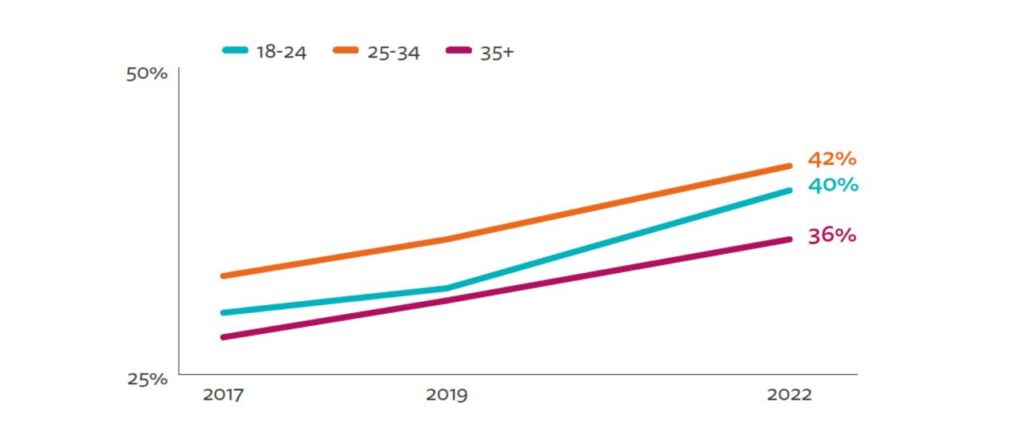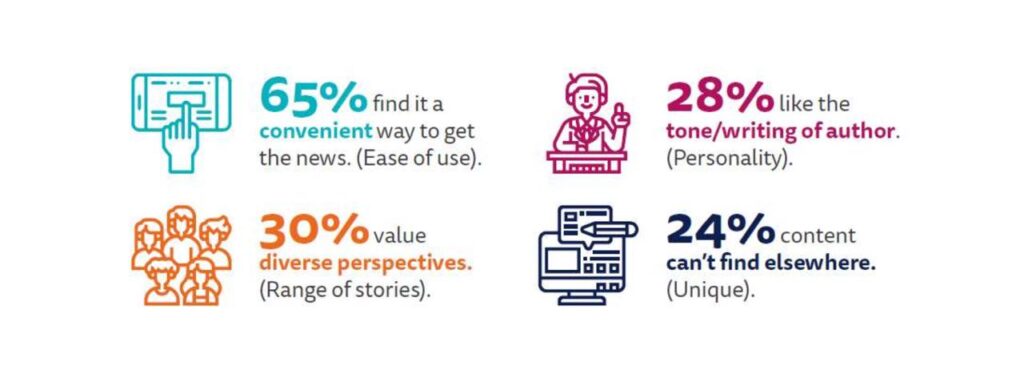
BitDepth#1361 for July 04, 2022
In his preamble to the recently released eleventh Reuters Digital News Report 2022 Professor Rasmus Kleis Nielsen noted that, “Our findings this year document that the connection between journalism and much of the public is fraying.”
This year’s report benefits from broader global coverage, with datasets covering 11 markets in Asia, five in South America, three in Africa and North America, as well as 24 in Europe.
There is, unfortunately, no coverage of the Caribbean and some trends, such as the Trump Bump and the Johnson inspired stiffening of UK media haven’t had any impact on regional media.
The impact of social media as a primary information source led to a nine point drop in people accessing news directly from a media house’s website or app. In 2019, social media distribution of news (39 per cent) overtook websites and apps (31 per cent).
Just 23 percent of audiences begin viewing news on a media house site or app with most connecting from social media, search and aggregators.
Younger audiences, particularly in the 18-24 age group, are finding their news on visual platforms, inclusive of Tik Tok. As many as 15 per cent use it as a primary source for news, a 500 per cent increase across all surveyed markets.

Facebook remains the most used social network for news, but the prospects there remain bad for media.
Younger readers are abandoning the platform or simply never joining. Facebook itself has a diffident attitude to news on the platform, reducing the presence of news on the platform and recently experimenting with a tab where it will consign newsfeeds.
Reaching under-35 readers is becoming more complex.
Younger readers, particularly in the 18-24 age range, typically perceive news as a much broader palette of topics than those covered by the hard news agenda.
Under-35 news consumers expressed interest in softer news topics, including news coverage of entertainment and celebrities (33 per cent), culture and the arts (37 per cent) and education (34 per cent).
There is general exhaustion with coverage of politics and coronavirus and this audience actively seeks information that doesn’t depress or upset them.

These next-generation news consumers consume information across a range of presentation options, inclusive of text, video, audio and stills, often all in the same reporting.
Younger audiences are more interested in hearing the perspectives of media houses and their reporters on the issues they cover welcome a diversity of agendas, voices and perspectives.
This is also the lowest-trust age group, with only a third of those surveyed between the ages of 18-34 (37 per cent) being willing to trust news reporting most of the time.
News confusion and avoidance.
A growing minority of online users are becoming disconnected from news and never tap into traditional news channels.
Others are actively rationing or limiting their exposure to certain types of news, a phenomenon that Reuters describes as selective news avoidance, which has doubled in both Brazil (54 per cent) and the UK (46 per cent) since 2017.
The report also charts a decrease in comprehension of news reports, either because of the complexity of language or insufficient background on the matters being reported.
Reuters suggests increased use of explainer sidebars and Q&A formats to improve understanding of sophisticated issues or to provide background information.
First-party data collection faces challenges.
Google now plans to retire third-party tracking cookies in Chrome by the end of 2023 after first announcing the change in January 2020. Chrome has 63 per cent of the browser market.
The change has pushed media companies to begin gathering their own first-party data, which calls for collaboration from audiences to share this information.
While giving an email as part of registration for access isn’t as off-putting as a full paywall, only 28 per cent of those surveyed have registered for a news website.
The importance of first-party data, which can strengthen the advertising proposition for a media house, is likely to become critical with the retirement of third-party cookies.
Developing additional incentives to register, including access to exclusive podcasts, videos and newsletters which are growing in popularity, may need to become part of the news delivery mix as journalists and media houses work to reestablish news consumption as a daily habit.
These trends suggest that media with a commitment to online distribution may need to set aside the presumptions that have driven previous success to reach a new generation of news consumers.
The Reuters Institute report is here.



